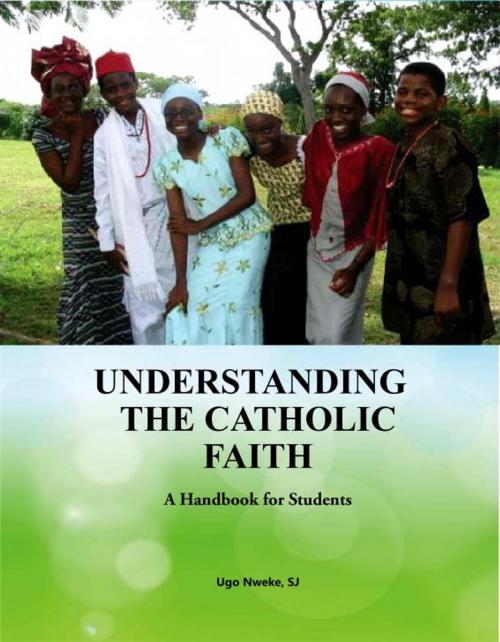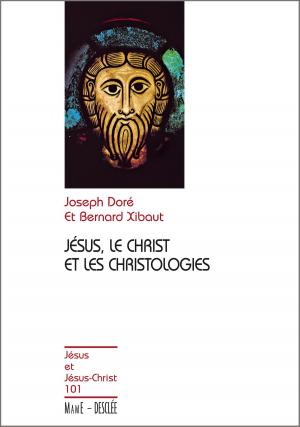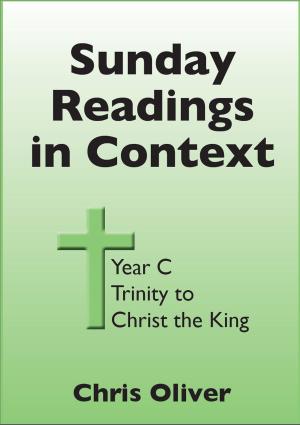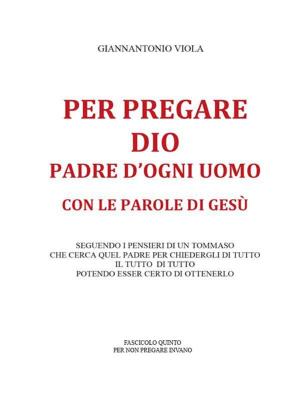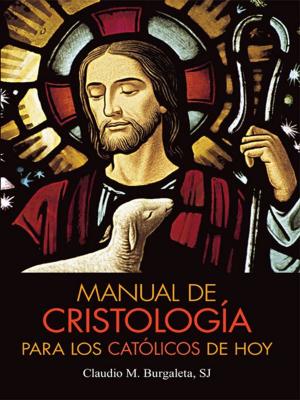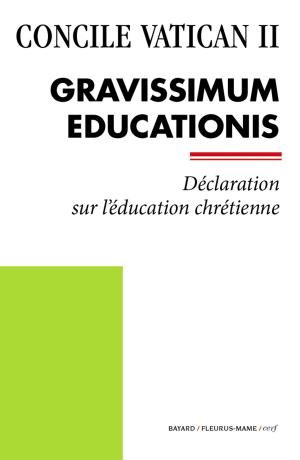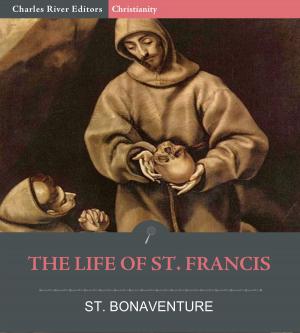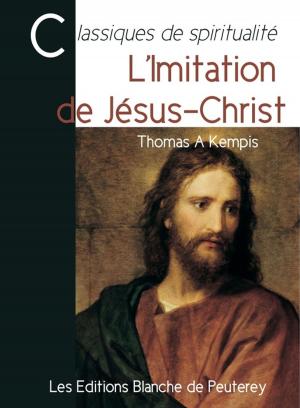Understanding The Catholic Faith: A Handbook For Students.
Nonfiction, Religion & Spirituality, Christianity, Denominations, Catholic, Catholicism| Author: | Ugo Nweke | ISBN: | 9781301156832 |
| Publisher: | Ugo Nweke | Publication: | January 31, 2013 |
| Imprint: | Smashwords Edition | Language: | English |
| Author: | Ugo Nweke |
| ISBN: | 9781301156832 |
| Publisher: | Ugo Nweke |
| Publication: | January 31, 2013 |
| Imprint: | Smashwords Edition |
| Language: | English |
It is the responsibility of every confirmed Catholic to share their faith with others, and to invite them to the values and life of the Gospel. People will not understand or believe unless there are people to teach them the Gospel as well as our Catholic faith by words and deeds (Romans 10:13-15). This book was born out of the need for a relevant text for peer ministers of secondary school age to share their faith with their fellow students.
Thus the primary focus of Understanding the Catholic Faith: A Handbook for Students is the secondary school student, who wants to study or share their Catholic Christian faith with their peers. Although it is not a Catechism book, it is written as an accompaniment to the current Catechism of the Catholic Church and Compendium of the Catechism of the Catholic Church. The language, explanations and structure are organized in such a way that it can accompany the use of the official catechism text of the Catholic Church. Apart from being informative, and so a resource material for young Catechists, this book also has a number of exercises that encourage people to learn from their own individual experiences by recalling such experiences; to practice their faith by participating actively in liturgical celebrations; and to make the learning of their faith more fun-filled by engaging in interesting and educative activities.
The book is divided into four chapters, and these chapters follow the division in the Catechism of the Catholic Church. Chapter 1 deals with Faith and the Creed. Chapter II treats the Liturgy and Sacraments. Chapter III presents Life in Christ: Morality and Christian Living, and chapter IV teaches Prayer.
Although this book is not exhaustive, it provides sufficient information that its users can benefit from and the basics they can guide others with. It is an invaluable tool for preparing young Catholics for the sacraments. Parents who are serious about bringing up their children in the Catholic faith (CCC 1660, GS 48 n. 1, can. 1055 # 1) will find this book particularly handy. I am certain that Catholic children, especially of secondary school age, will find this book a veritable companion for understanding the Catholic faith and Doctrine.
Although the proverbs and activities are culturally and contextually relevant to the Nigerian and African reader, nevertheless anyone – young or adult - interested in the Catholic faith will find Understanding the Catholic Faith very helpful.
It is the responsibility of every confirmed Catholic to share their faith with others, and to invite them to the values and life of the Gospel. People will not understand or believe unless there are people to teach them the Gospel as well as our Catholic faith by words and deeds (Romans 10:13-15). This book was born out of the need for a relevant text for peer ministers of secondary school age to share their faith with their fellow students.
Thus the primary focus of Understanding the Catholic Faith: A Handbook for Students is the secondary school student, who wants to study or share their Catholic Christian faith with their peers. Although it is not a Catechism book, it is written as an accompaniment to the current Catechism of the Catholic Church and Compendium of the Catechism of the Catholic Church. The language, explanations and structure are organized in such a way that it can accompany the use of the official catechism text of the Catholic Church. Apart from being informative, and so a resource material for young Catechists, this book also has a number of exercises that encourage people to learn from their own individual experiences by recalling such experiences; to practice their faith by participating actively in liturgical celebrations; and to make the learning of their faith more fun-filled by engaging in interesting and educative activities.
The book is divided into four chapters, and these chapters follow the division in the Catechism of the Catholic Church. Chapter 1 deals with Faith and the Creed. Chapter II treats the Liturgy and Sacraments. Chapter III presents Life in Christ: Morality and Christian Living, and chapter IV teaches Prayer.
Although this book is not exhaustive, it provides sufficient information that its users can benefit from and the basics they can guide others with. It is an invaluable tool for preparing young Catholics for the sacraments. Parents who are serious about bringing up their children in the Catholic faith (CCC 1660, GS 48 n. 1, can. 1055 # 1) will find this book particularly handy. I am certain that Catholic children, especially of secondary school age, will find this book a veritable companion for understanding the Catholic faith and Doctrine.
Although the proverbs and activities are culturally and contextually relevant to the Nigerian and African reader, nevertheless anyone – young or adult - interested in the Catholic faith will find Understanding the Catholic Faith very helpful.
